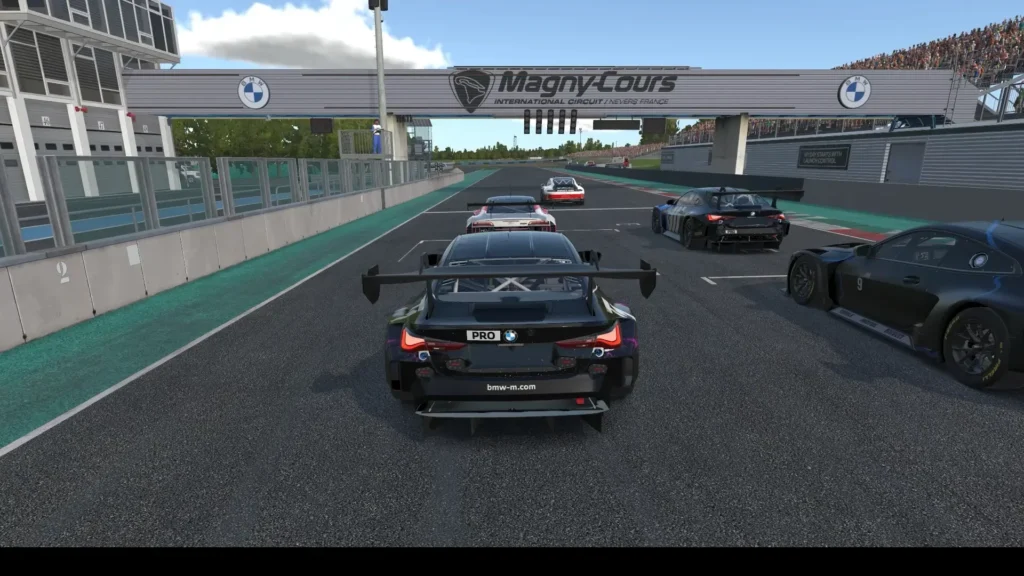Heating up tires in iRacing is a critical aspect that can significantly impact your race performance.
In this guide, we will delve into various methods and their effects on tire temperatures, pressures, and lap times.
Table of Contents
- Step 1: Understanding Tyre Temperature Importance
- Step 2: Different Methods of Tyre Warming
- Step 3: Conducting a Comparative Analysis
- Step 4: Analysing Results – Test 1
- Step 5: Analysing Results – Test 2
- Step 6: Drawing Conclusions
- Step 7: Implementing Preferred Method
- Step 8: Continual Monitoring and Adjustment
- Step 9: Practice and Experience
Step 1: Understanding Tyre Temperature Importance
Before diving into methods, it’s essential to understand why tyre temperature matters. Properly warmed tyres provide better grip, traction, and handling characteristics, leading to faster lap times and improved overall performance.

Step 2: Different Methods of Tyre Warming
There are several methods you can use to warm up your tyres effectively. These include:
- Standard Pace Lap: Driving around the track at pace speed without any additional manoeuvres.
- Brake Dragging: Applying moderate braking while driving at pace speed to generate heat.
- Weaving: Swerving left and right on the straights to generate friction and heat in the tyres.
Each method has its pros and cons, affecting tyre temperature and pressure differently.
Step 3: Conducting a Comparative Analysis
To determine the most effective tyre warming method, conduct a comparative analysis using different techniques.
Record tyre temperatures and pressures after each method to assess their impact on performance.
Step 4: Analysing Results – Test 1
In the first test, observe the tyre temperatures and pressures after employing each warming method. Analyse the data to understand the variations and effectiveness of each technique.
For example, the Standard Pace Lap may result in lower pressures but relatively stable temperatures.
Brake Dragging can increase pressures but may not significantly impact temperatures. Weaving can lead to higher temperatures, especially in the rear tyres.
Step 5: Analysing Results – Test 2
In the second test, evaluate the lap times and handling characteristics after using different warming methods.
Compare lap times, consistency, and overall driving experience to determine the method that provides optimal performance.
Step 6: Drawing Conclusions
Based on the collected data and analysis, draw conclusions regarding the most effective tyre warming method for your driving style and racing conditions.
Consider factors such as grip levels, tyre wear, and overall race strategy when choosing the ideal tyre warming approach.
Step 7: Implementing Preferred Method
Once you’ve identified the most effective tyre warming method, implement it consistently in your race preparations.
Practice using the chosen technique to optimize tyre temperature and performance during actual races.
Step 8: Continual Monitoring and Adjustment
Continuously monitor tyre temperatures and pressures during practice sessions and races. Make adjustments to your warming technique based on real-time data and feedback to maintain optimal tyre performance.
Step 9: Practice and Experience
Lastly, remember that tyre warming is also influenced by driving skill and experience. By following these steps and techniques, you can effectively heat up your tyres in iRacing, leading to better race results and an enhanced driving experience.





